Technologies
Medical applications have been one of the most important applications that additive manufacturing has been presented up to now. And the research in this direction has been driven by individual unique requirement of shape, structure, functionality, and value of impact. There are also great potential financial value incentives.
For decades, various exploitations have been made in the field of additive manufacturing for surgical planning, hearing industry, orthodontics and Vivo devices. Some of them are comparatively well established whiles others are still ongoing.
NIIAM has put great emphasis on medical applications of additive manufacturing technology. Our technology research has been focused on the following areas:
Invisible Orthodontic
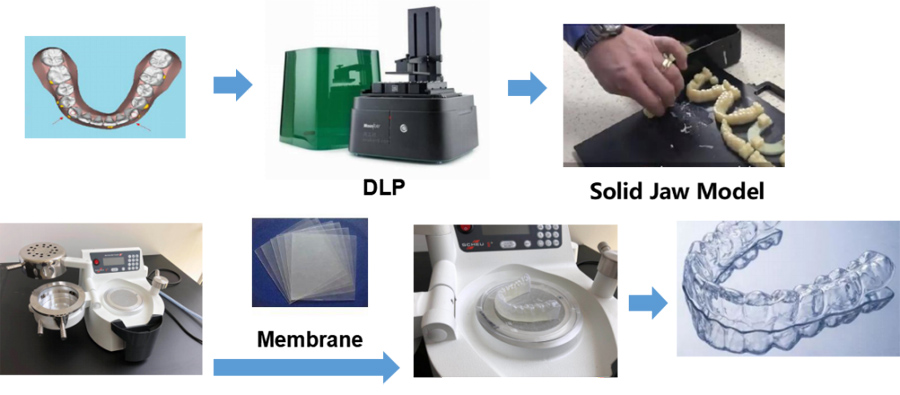
Developing personalized invisible aligning device and system of orthodontic treatment for patients with malocclusion. By scan data modeling and simulation of the correcting process, the system automatically designs a series of digital tooth casting which will be DLP printed with special photosensitive resin. Then a consequential series of customized clear plastic models are made after thermoforming process and provided for the patients to wear. This technology keeps you worry-free about smiling and showing invisual dental braces, and at the same time they’re more comfortable.
Navigation Templates
High-complexity surgical procedures could last as long as hours. The longer this period, the higher the risk to the patient. Any practice, planning, simulation can be applied to shorten the process is of great value. Navigation templates is one of them.
We collect digital medical images(via CT, etc.), restructure a digital three-dimension model of the patient's own bone before we design a navigation templates with communicating with his or her doctor, and with assistance of the computer. The templates help the doctor to position (location, direction and depth) precisely. Not only saves the patient's operation cost greatly, reduces the risk of the operation, shortens the operation time, moreover, it greatly improves the operation accuracy and avoids the risk of intraoperative infection.
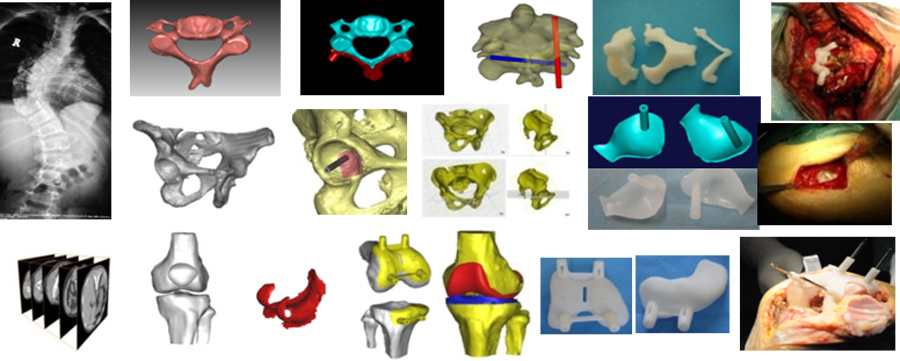
Medical Model
Various research groups and surgeons have evaluated the use of medical models in pre-surgery planning. It has helped the surgeon’s dream of viewing and physically handling of the precise geometry before surgery came true. It provided great benefits in procedure planning and implant fit in difficult cases, which subsequently greatly lowered the risk to patient, shortened the operation time and reduced the costs. Meanwhile, it gives an opportunity to the patient and his or her relatives to know the surgery procedures and risks beforehand, and even make participating the planning of surgical becomes possible. Treatments like tumor, vascular surgery, oral maxillofacial surgery, neurosurgery are quitly and commonly in need of them.
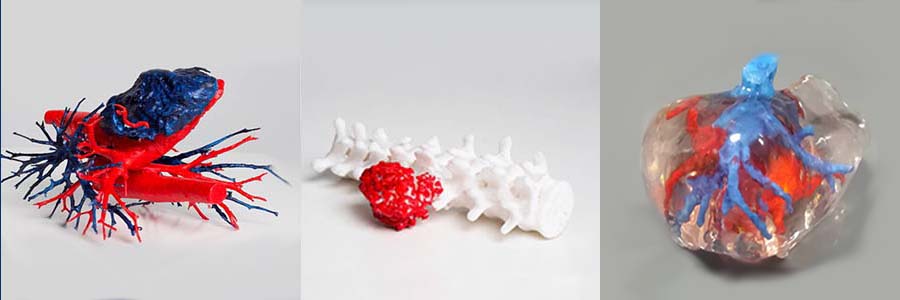
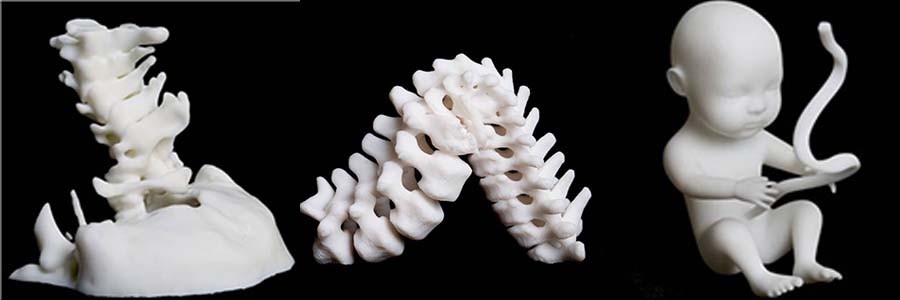
Rehabilitation Assistant Devices
With aging of the population, rehabilitation assistant device will become an important application industry for additive manufacturing technology in China. We focus on developing various types of rehabilitation assistant devices, such as prosthetic limb, orthopedic braces, splints, back supports, knee supports, cervical collars, abdominal binders, walking aids.
If you want to learn more about or involve in those projects, please contact Dr. Jing WANG at wangjing@niiam.cn.

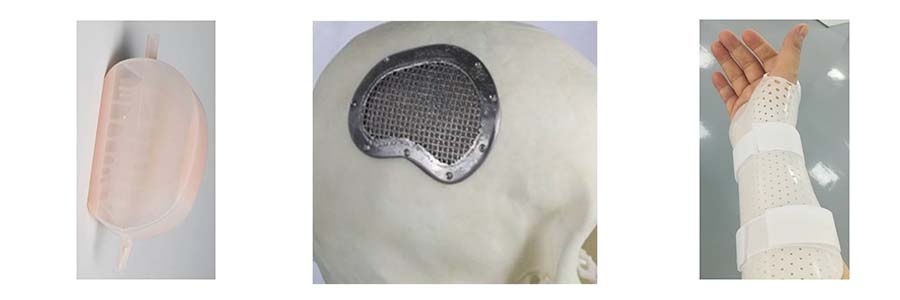














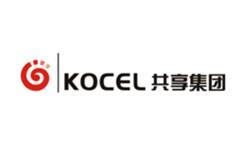
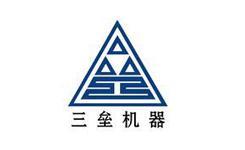




 Wechat
Wechat Facebook
Facebook Linkedln
Linkedln Twitter
Twitter